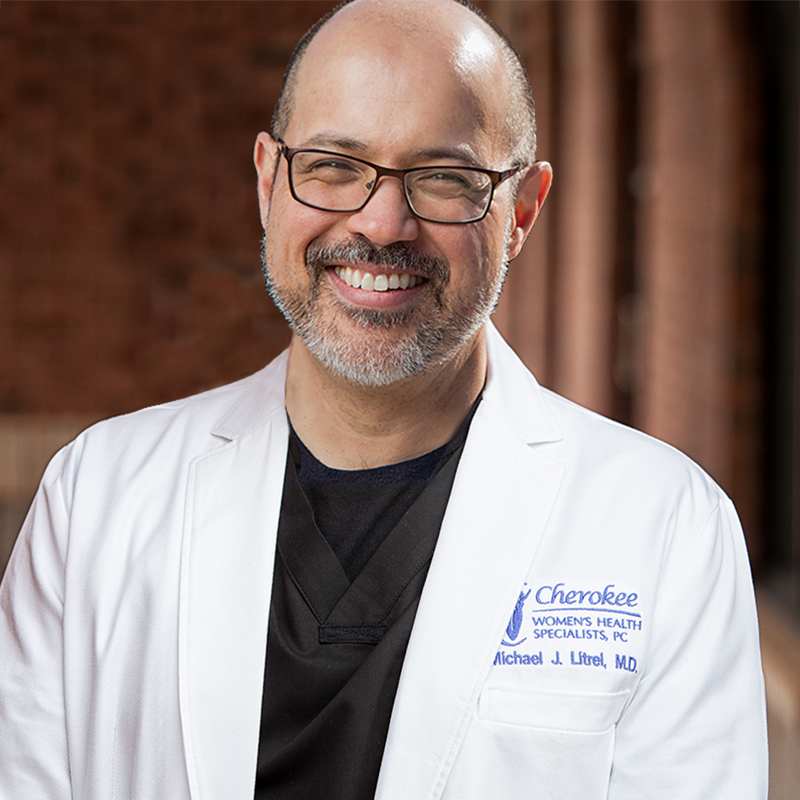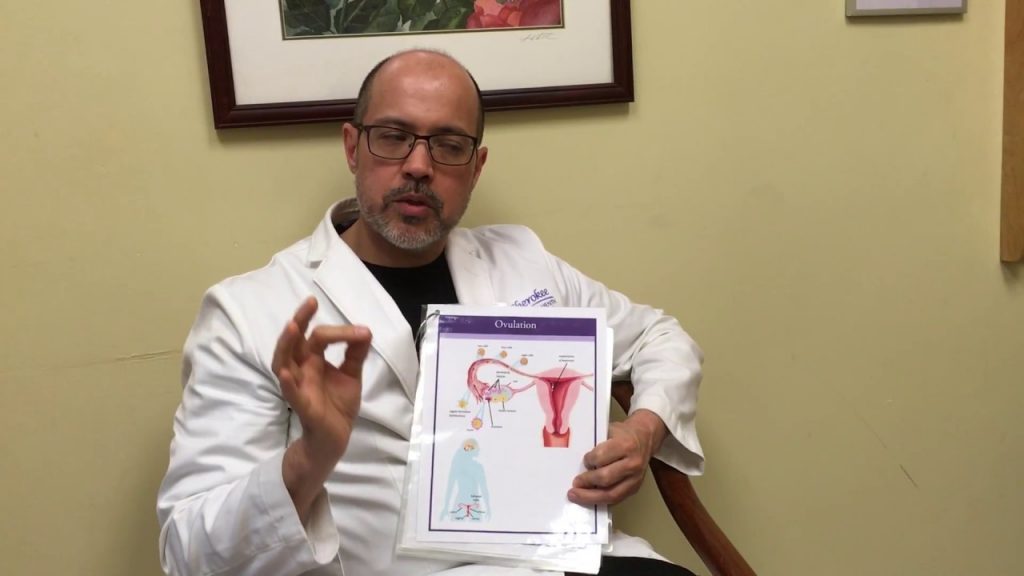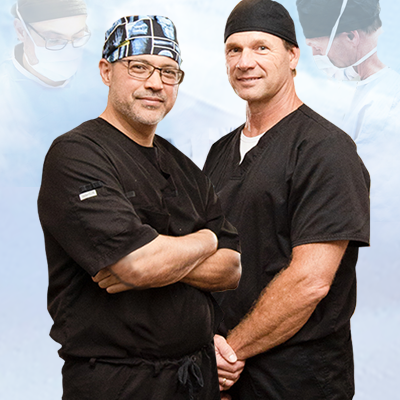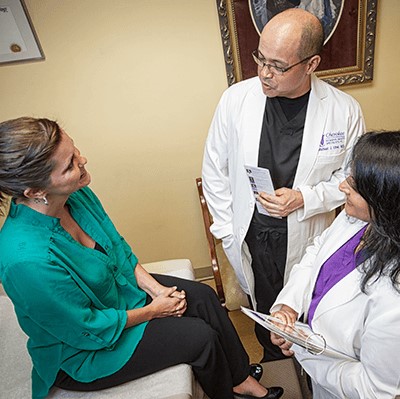James Haley, MD, FACOG, FPMRS: Becoming a Doctor is a Challenge and a Calling
Dr. Jim Haley has just finished a morning performing surgeries in the O.R., and is headed into a full afternoon schedule of patients. Chatting as the interview begins, he mentions that when the weekend comes, he’ll be participating in his first Obstacle Race – a run in which he will face mud pits, barb wire, and ice baths. “I guess I’ve always been drawn to action,” Dr. Haley smiles, “life and death drama. From the time I was 13 or 14, it seemed to me I was supposed to be a doctor. I figured maybe surgery or E.R. medicine. But when I got to medical school and delivered my first baby, I knew right then I wanted to be an obstetrician. “I don’t remember this, but after that first delivery, my wife Lisa tells the story of me coming home just laughing off and on all night – because it was SO COOL. I’d never experienced anything like that before! “I’m drawn to challenges. There’s a lot of challenges to being an obstetrician – the training, being on call, the long hours, and dealing with such an important part of peoples’ lives. But it seems like the challenges drive me in life – physical challenges, too. “Over the years I’ve been in 7 marathons, 1 ultra marathon, 15 triathlons, and 1 Iron Man. (An Iron Man is a Triathlon in which the participant swims 2.4 miles, runs 26, and bikes 112.) Recently, Dr. Haley also became one of the select number of Georgia OB/GYN’s to be board-certified in the subspecialty of FPMRS, Female Pelvic Medicine and Reconstructive Surgery. He says simply, “I like to go after things that are hard to do.” What experiences have shaped you as a doctor? “One great memory about being an OB was getting to deliver my two children. And it made me laugh, too. I’d delivered lots of babies and watched them being taken to the nursery afterward. But I noticed that this delivery was different: they weren’t taking this one away. They were leaving him in the room. And I had to laugh when I realized that was because he was mine. “But something that had a big impact on me was that Lisa and I had two miscarriages – I think this was God’s way of helping me be empathetic about the pain my patients feel when they lose a baby.” Do you have a philosophy about practicing medicine? Dr. Haley mentions his faith directly and without self-consciousness. “I think of being a doctor as my calling. I love the Lord, I love my family, I love my wife Lisa. As a Christian, we are called to serve and help others – this is the calling God has designated for me, and how I can do that.” Click here to learn more about Dr. Haley, and to watch his interview. FUN FACTS about Dr. Haley Top Doctor Dr. Haley was named “Patient’s Pick Top Doctor” for favorite Gynecologist in Cobb County by Atlanta Magazine in 2012. Iron Man Dr. Haley’s done 7 marathons, 1 ultra marathon, 15 triathlons, and 1 Iron Man. (Swim 2.4 miles, run 26 miles, bike 112 miles.) New Orleans Boy Dr. Haley lived in New Orleans for 22 years before becoming a Georgian, with two brothers still there. During Hurricane Katrina, Dr. Haley’s mother, age 91, came to live in Rome, Georgia – and is still there!












